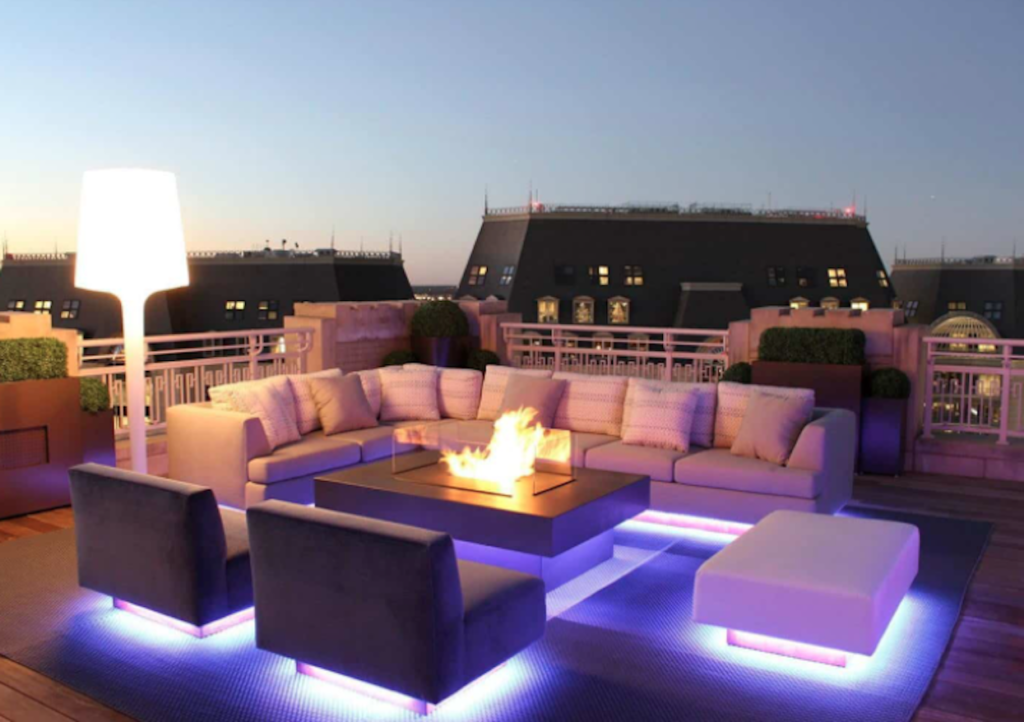What Are Led Strip Lights?
LED Strip Light is becoming really popular and trendy in today’s age. It is basically a flexible circuit board that has several surfaces mounted LEDs and resistors attached to it, it is also known as tape or ribbon lights. It is inhabited by both digital and analog LEDs and is capable of emitting white light as well as lights of other colors too. LED strip lights have become new and versatile forms of lightning because they are 80% more efficient than traditional bulbs and emit a very minimal amount of heat that can be easily dissipated and the best part is, it has no mercury in it or other dangerous chemicals. Outwardly they look really small on their own but when clipped together they can brighten the darkest of places with an enormous amount of light. There is just so much to love about Lepro LED lights. You can be as creative with their use as you wish. Do try exploring this amazing product which is not only cost-effective but also far better than incandescent bulbs.
Here Is How You Can Connect Led Strip Light To Power Supply
There are practically various ways to connect your LED light strips to power. Either you can connect each strip to the socket directly by clipping the light strips to make that connection or you can hardwire your LEDs directly into the main power source of your building or home. The first method is ideally useful for lightning smaller spaces or projects while the other method is often recommended for large projects like brightening the entire building space. Whatever method you deem appropriate, choose that. However, irrespective of the type of method used you will need to follow certain steps to ensure whether your decision is right.
STEP 1 Measure LED Strip Light Wattage:
For calculating the wattage, you need to multiply the length of the LED strip by the wattage per meter of the given strip. So for example, if the strip is 3 meters long with 6W/m power draw then you would need a transformer with a capacity of 18W to power it. This power draw information can be found on each LED strip’s packaging or the shop’s website.
STEP 2 Choose Compatible Power Supply:
Now that there is no confusion left about the wattage and you know how much power is needed for your LED, the next step is to choose the right power supply. An important point to remember here is that, choose a supply that will only use 80% of its overall power to run the LED strip because this will ensure the longevity of the power supply as well as LED strips. So for example, if the wattage requirement is 18W, choose a power source that has a minimum output of 22W (18/0.8). This will prevent your power supply from getting overheated.
STEP 3 Connect the LEDs To The Power Supply:
After choosing the correct power supply, now is the time to connect your LED light tape to it. As discussed above, you can connect your LEDs to the power supply directly through a power socket, or by hardwiring. Both of the methods will help you in brightening your space without the fear of voltage drop. You can also try using LED light strip plug connectors for connecting the strips to the power source directly.
Conclusion
LED strip lights are one of the best ways to light your projects. They are flexible and can be fit into any space and corner since they can be bent easily and interesting part about using these lights is that they are eco-friendly and leaves almost no carbon footprint as well as you don’t even have to worry about their maintenance costs because they are extremely durable and long-lasting. In short, they are worth every penny you spent to purchase them!

